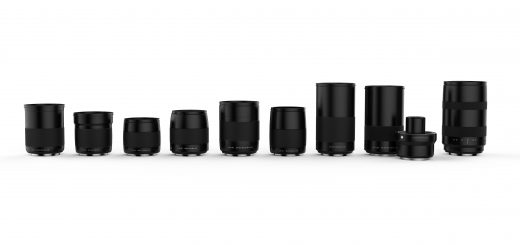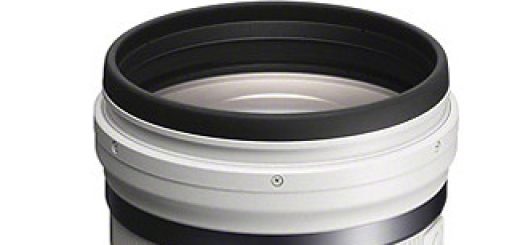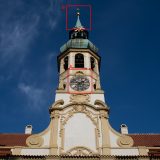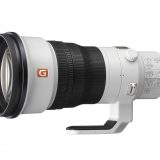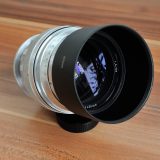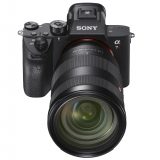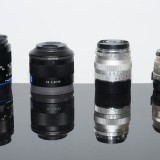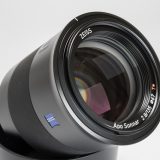This topic contains 2 replies, has 2 voices, and was last updated by verybiglobo 4 years, 8 months ago.
-
AuthorPosts
-
Anthony MakHello Viktor,
I’ve been doing some Just some blue-sky thinking and I have a question about the feasibility of a new design of prime lens.
I’ve noticed that the Sony SEL90M28G has 15 elements in 11 groups and the SEL55F18Z and SEL35F28Z both use 7 elements in 5 groups. I was wondering if it might be possible to design the 90mm lens such that it could be made in modules that can be taken apart to allow the modules to be used independently of each other as lenses in their own right.
For example, a configuration of just two lenses/modules of 35mm and 55mm could join to create an 90mm lens. Or a 35mm and 50mm to create an 85mm lens. If the stacked lenses were similar in size to the current 90mm offering, then you’d get three primes for the weight/bulk of one.
To save space, you would only have one aperture ring and focus ring which together with the mount would form the base. Thus, you’d have three configurations: base + 35mm module, base + 50mm module, and base + 35mm + 50mm module.
Given there’s no additional glass compared to the SEL90M28G, the IQ should not be affected by extra glass. The advantage over a zoom lens would be better IQ and perhaps faster lenses for the same weight/bulk.
The Leica Tri-Elmar designs achieve something similar, but the focal length increments are much smaller than I’m talking about here. They have a lens that can go from 16-18-21mm and another from 28-35-50mm – the design I’m talking about is a bit more ambitious.
I’m sure if it’s possible, they would’ve made it, so I guess the real question is what’s the flaw in my idea?
Anthony
Hi Anthony,
The solution that you are proposing is possible and I think there is already something similar on the market. However, there are some limitations, such as f-stop which is calculated as the ratio of the entrance pupil and focal length and related mechanical vignetting which is related to the exit pupil position and aperture opening.
Another limitation can be related to the docus throw which is usually different (length and step) for different type of lenses.Cheers,
Viktor
verybigloboGame of Bones – Carolyn Haines – 9781250240484
-
AuthorPosts

